How much stone is enough?
inkognito
19 years ago
Related Stories
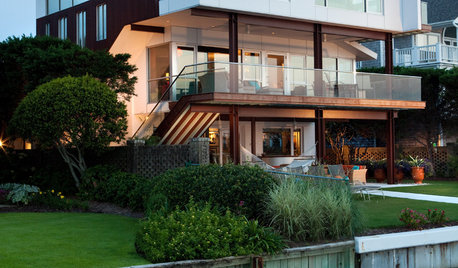
CONTEMPORARY HOMESHouzz Tour: Strong Enough for Storms, Comfy Enough for a Family
Hurricanes won’t faze this contemporary waterfront home in North Carolina — and mixed reactions don’t faze its owner
Full Story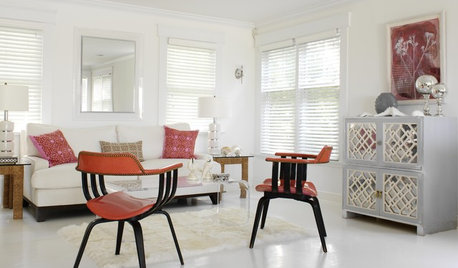
REMODELING GUIDESAre You Gutsy Enough to Paint Your Floor White?
Sleek and glossy or softened by wear, white floors charm
Full Story
KITCHEN DESIGNTrending Now: 25 Kitchen Photos Houzzers Can’t Get Enough Of
Use the kitchens that have been added to the most ideabooks in the last few months to inspire your dream project
Full Story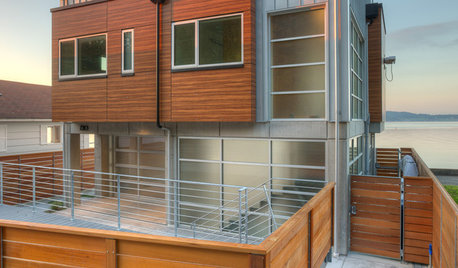
ARCHITECTUREHouzz Tour: Sturdy Enough for a Tsunami
Storms don't scare this Washington state home; breakaway features and waterproof finishes let it weather high winds and waves
Full Story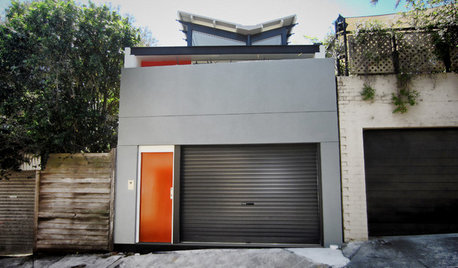
COLORGoing Bold With Just Enough Color
Using color with restraint inside and outside can be far more effective than a less subtle approach
Full Story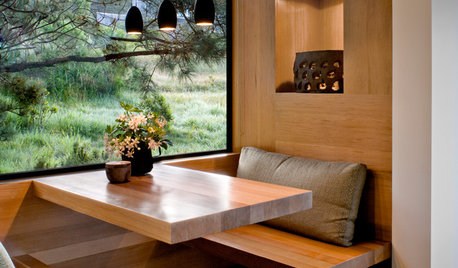
DINING ROOMS12 Breakfast Nooks Cool Enough for a Dinner Party
The banquette where you sip your morning coffee can also make a cozy corner for an intimate supper or a game night
Full Story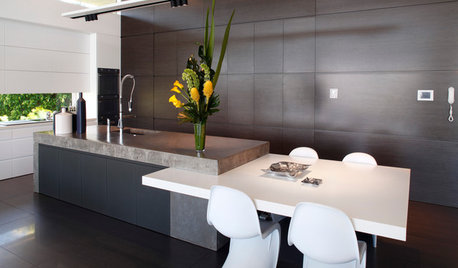
KITCHEN COUNTERTOPSWhen One Countertop Material Isn’t Enough
Combining counter materials in the kitchen can create a dramatic look, improve function and stretch the budget
Full Story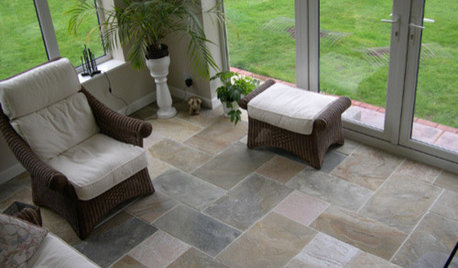
REMODELING GUIDESYour Floor: How to Find Right Stone Tile
Get the Pros and Cons of Slate, Travertine, Sandstone, Marble and Granite
Full Story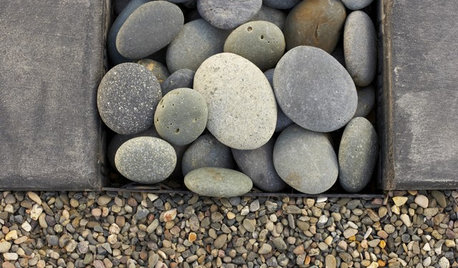
LANDSCAPE DESIGNThe Right Stone for Your Garden Design
Gravel, pebble, cobble and paddle: Stones vary in size and shape, and have different uses in the landscape
Full Story





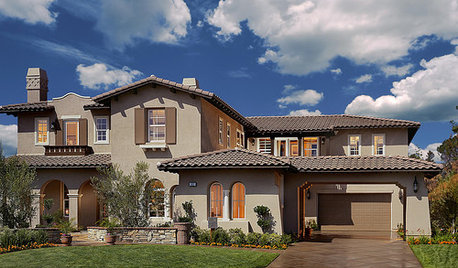
kobold
Herb
Related Professionals
Comstock Park Landscape Architects & Landscape Designers · South Orange Landscape Architects & Landscape Designers · Belvedere Park Landscape Contractors · Edwardsville Landscape Contractors · Framingham Landscape Contractors · Harvey Landscape Contractors · Midland Landscape Contractors · Nutley Landscape Contractors · Pompton Lakes Landscape Contractors · Rio Linda Landscape Contractors · Silver Firs Landscape Contractors · Philadelphia Decks, Patios & Outdoor Enclosures · Quincy Decks, Patios & Outdoor Enclosures · San Jose Decks, Patios & Outdoor Enclosures · Tooele Decks, Patios & Outdoor EnclosuresGorfram
nachodaddy
LouisWilliam
Jando_1
yama
inkognitoOriginal Author
Gorfram
yama
Gorfram
Herb
kobold
Gorfram
Herb
Herb
Gorfram
Herb
Gorfram
botann
yama
yama
Herb
yama
ScottReil_GD
inkognitoOriginal Author
Herb
inkognitoOriginal Author
nlin0273
kobold